Elko Series
Elko series points consist of large, corner-notched triangular
forms with variable shoulder and haft treatment. This series has been divided
into three types: Elko Corner-notched, Elko Eared, and Elko Contracting-stem (Heizer
and Baumhoff 1961:128). A side-notched variety was defined, but has not been accorded
temporal or spatial significance (cf. Heizer et al. 1968; Holmer 1978:35; Thomas
1981:21). Thomas (1981:22) proposes moving the Elko Contracting Stem variant into
his Gatecliff Series; Holmer (1978:35)
suggests that they are best considered Gypsum type variants. O'Connell (1967)
demonstrates the utility of Elko Corner-notched and Eared variants as temporal
markers, and these are the two predominant Elko variants.
Elko
Corner-notched:

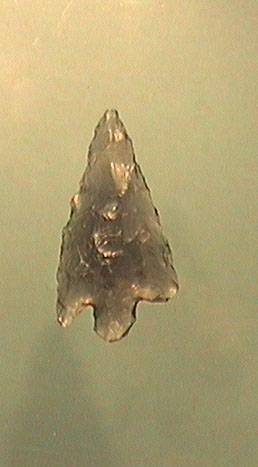

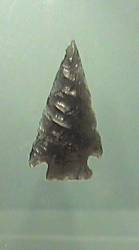
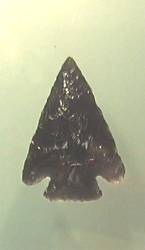
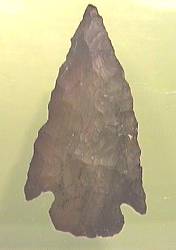

Elko Corner-notched points
are triangular blade
forms with straight to slightly convex
edges, and corner notches that form tangs or downward sloping shoulders and
expanding stems (Holmer 1978:35).
Type Site: Wagon Jack Sheller
(Heizer and Baumhoff 1961).
Temporal Distribution:
C. 4500-1500 B. P.; Middle-Late Archaic.
Elko
Eared:
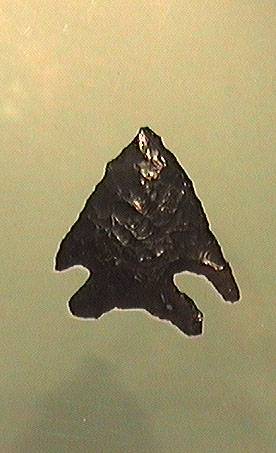
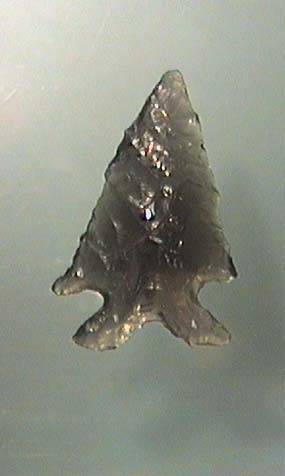

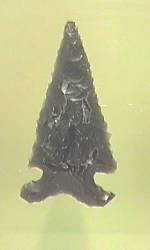
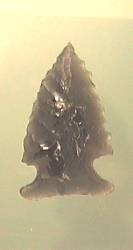


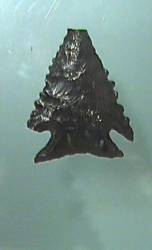
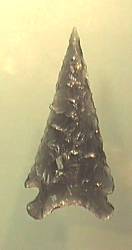
Elko Eared points are triangular
blade forms with straight
to convex edges, expanding stems, and markedly concave
basal margins or notches.
Type Site: Wagon Jack Shelter
(Heizer and Baumhoff 1961).
Temporal Distribution: c.
4500-1500 B.P.; Middle-Late Archaic.






















